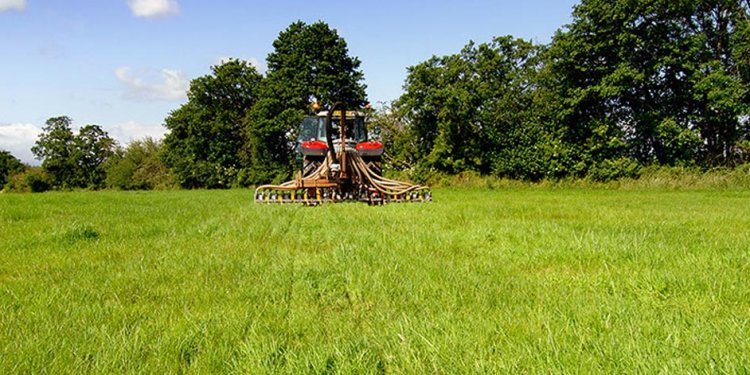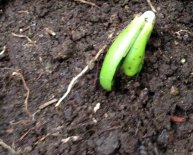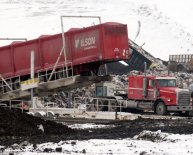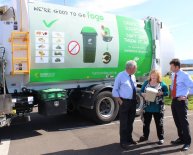
Organic Waste Disposal
Organic materials come from living plants and animals and are best managed as a resource rather than a waste. From animal manure and crop residue, to leaves and grass, to the uneaten food generated daily in cafeterias, restaurants and homes, to food processing waste, organic materials are a part of life. Managing these materials through reduction, reuse and recycling, including composting, is a high priority for the NYSDEC and New York State.
Reduction and reuse are at the top of the materials management hierarchy followed by recycling and then disposal. Recycling organic materials by composting, anaerobic digestion, land application and other organics recycling technologies reduces the generation of greenhouse gases; creates soil amendments, energy and jobs; and reduces reliance on waste disposal.
- Types of Organic Materials - Organic materials originate from plants and animals. While diverse in nature, they all contain organic matter (carbon based compounds). It is the organic matter and nutrients that lead to the useful products (compost, biogas, digestate, etc.) derived from these materials.
- Food and Food Scraps from Businesses and Institutions - Managing excess edible food and food scraps most efficiently starts with reduction of wasted food followed by feeding hungry people, feeding animals, organics recycling including composting, anaerobic digestion or other technologies, and finally disposal.
- Composting and Organics Recycling for Municipalities - State and federal law gives localities the responsibility for planning and implementing materials management strategies. Each municipality and county in New York State is required to be part of a solid waste management planning unit.
- Organic Recycling Facilities and Regulations - Organic recycling facilities include composting, anaerobic digestion, land application and other technologies. Under New York State solid waste regulations, there are three levels of regulatory oversight for facilities: exempt, registered and permitted.
- Recycling Biosolids from Wastewater Treatment Facilities - Wastewater treatment results in two major outputs, effluent and biosolids. Effluent is discharged to a receiving water, typically a stream or river. The solids can be recycled, incinerated, or landfilled.
- Composting/Organics Recycling Technologies - There are many methods to recycle organic materials. Deciding on a method is dependent on a number of factors including the type of material, quantity, agricultural land availability, facility siting availability, markets for soil products, technology cost, government incentives available and other factors.















